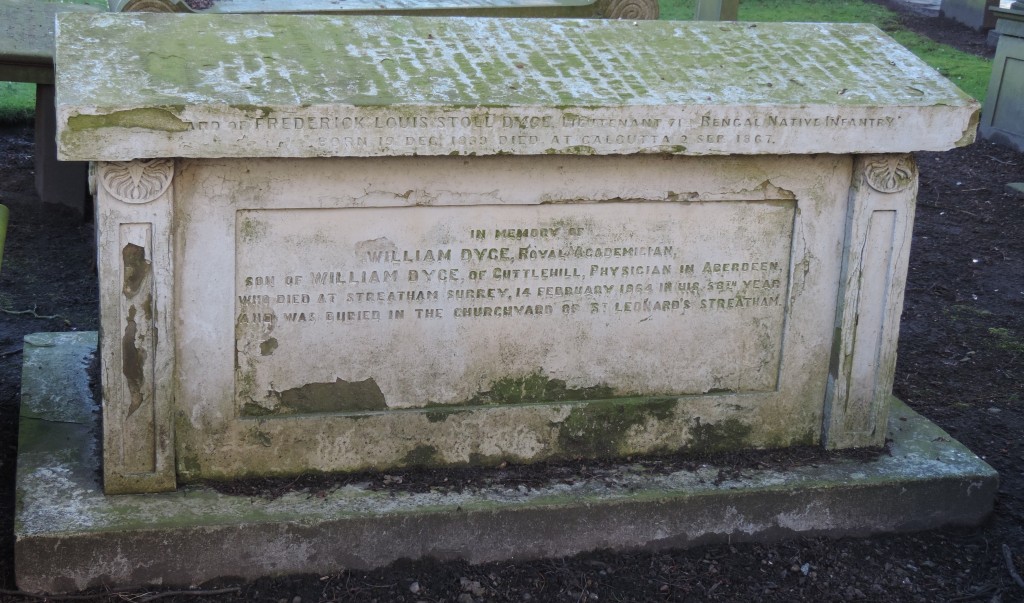William Dyce was born in Aberdeen in 1806. His father was a doctor of some renown. William was a gifted scholar, graduating with an MA from Marischal College at the age of 16. Rather than entering one of the ‘learned professions’ as would have been normal, he opted to follow his interest and ability in art, firstly at the Royal Scottish Academy in Edinburgh and then at the Royal Academy in London. After a few months in Rome he returned to London and produced, at the age of 20, several paintings. His early professional work were mainly portraits, but he later widened his scope considerably concentrating on mythical and religious subjects. Some of his finest work are the frescos in the Queen’s Robing Room in the newly built House of Lords. Commissioned in 1847, these are based on the Arthurian Legends and use allegory to depict virtues such as mercy, hospitality and courtesy. Those of courage and fidelity were not started before his death. However, William Dyce had many other interests. He was very influential in developing art education, he was a fine organist and composed a number of works, he won a prize for some work on electromagnetism in animals and was involved in founding the Motett Society to study early church music.

Most of his life was spent in London where he died in 1864 and is buried at St Leonard’s Church, Streatham. However, he is not forgotten in his native Aberdeen. Apart from the large collection of his works in Aberdeen Art Gallery (temporarily closed for major renovation) he is remembered on a grave structure in the Kirk of St Nicholas Kirkyard. As the photograph shows, the structure is showing signs of ageing. To find the memorial go up the main path from Union Street almost up to the front door of the Kirk. On the right is a tree a few yards from the path. The memorial is ‘behind’ the tree.